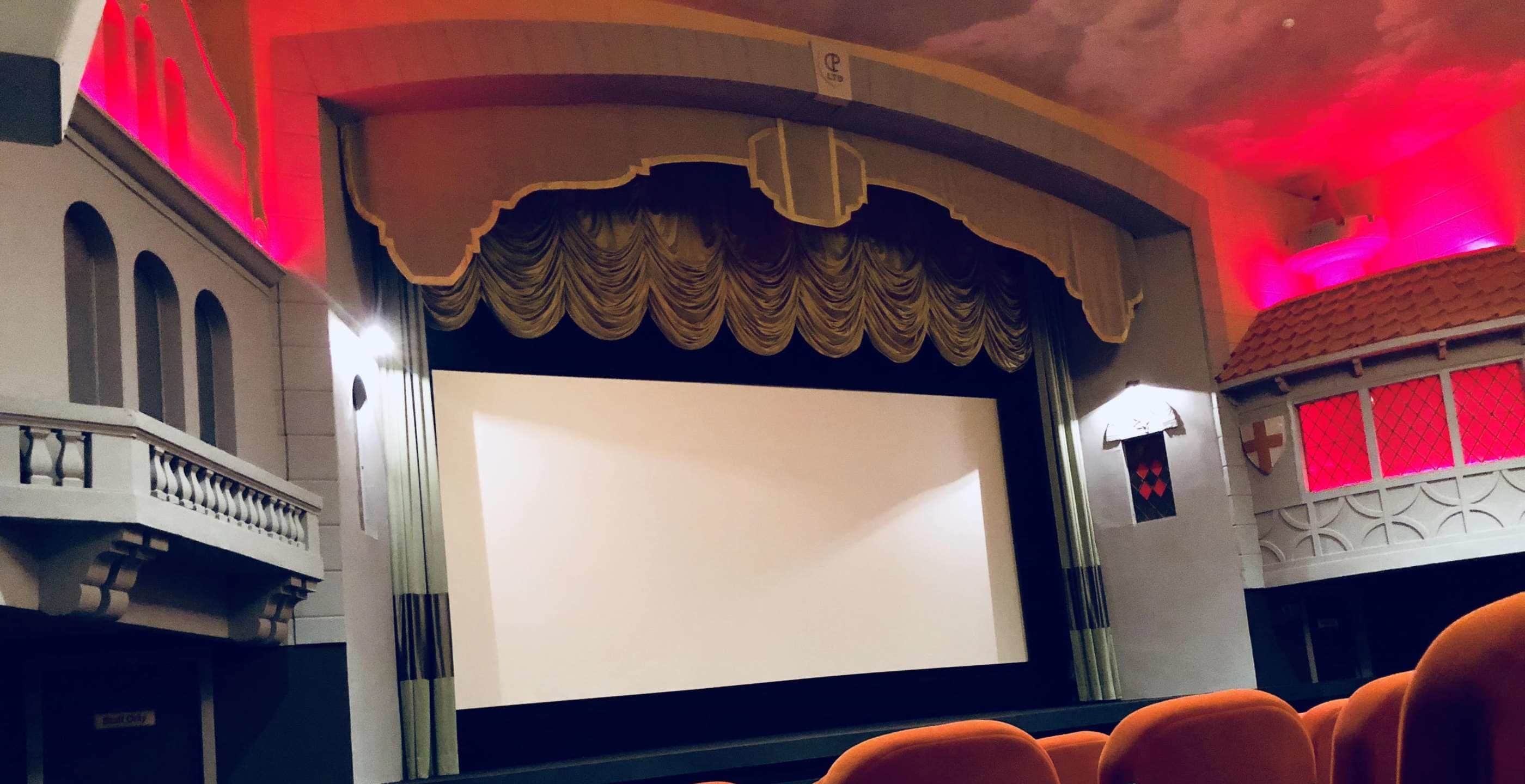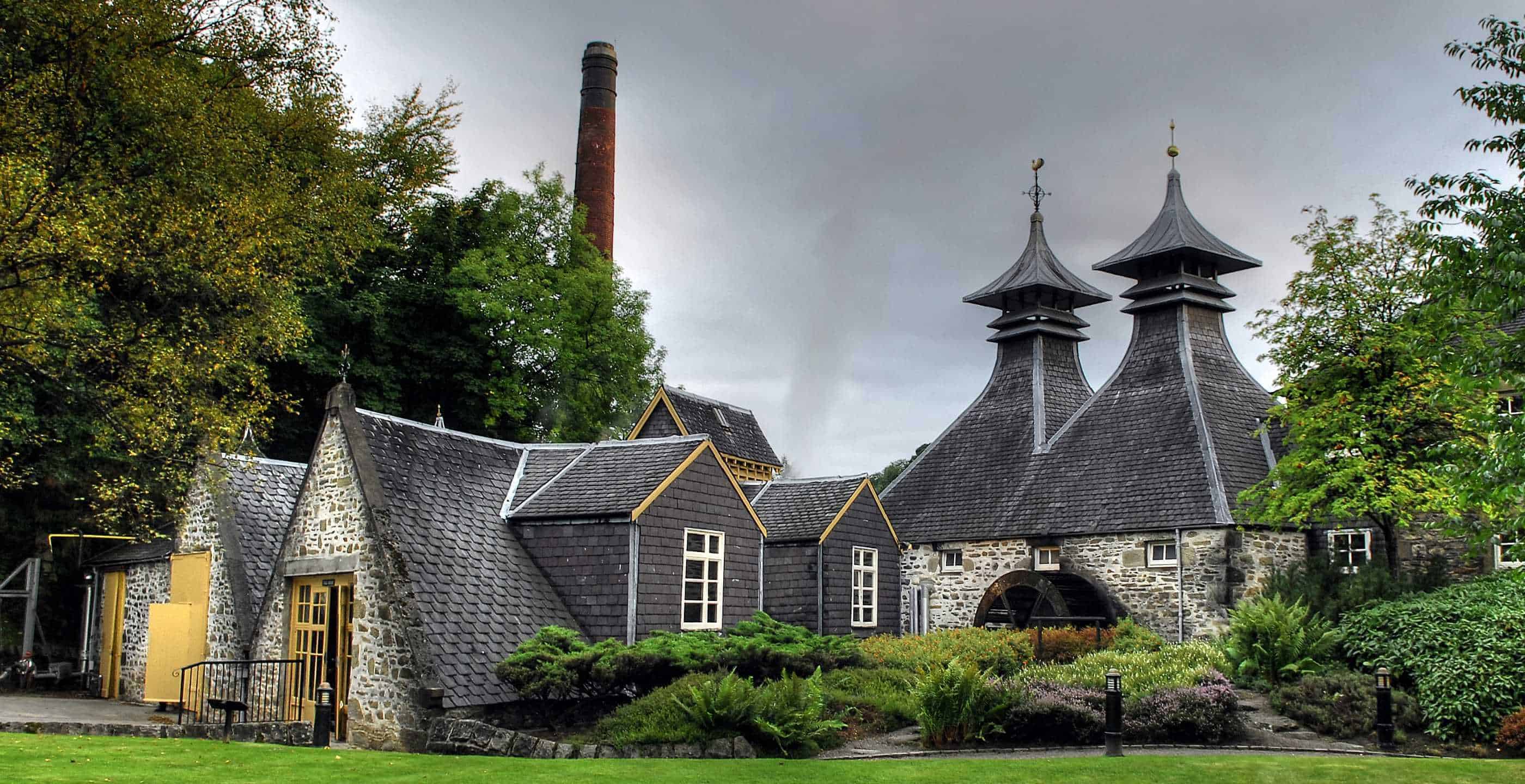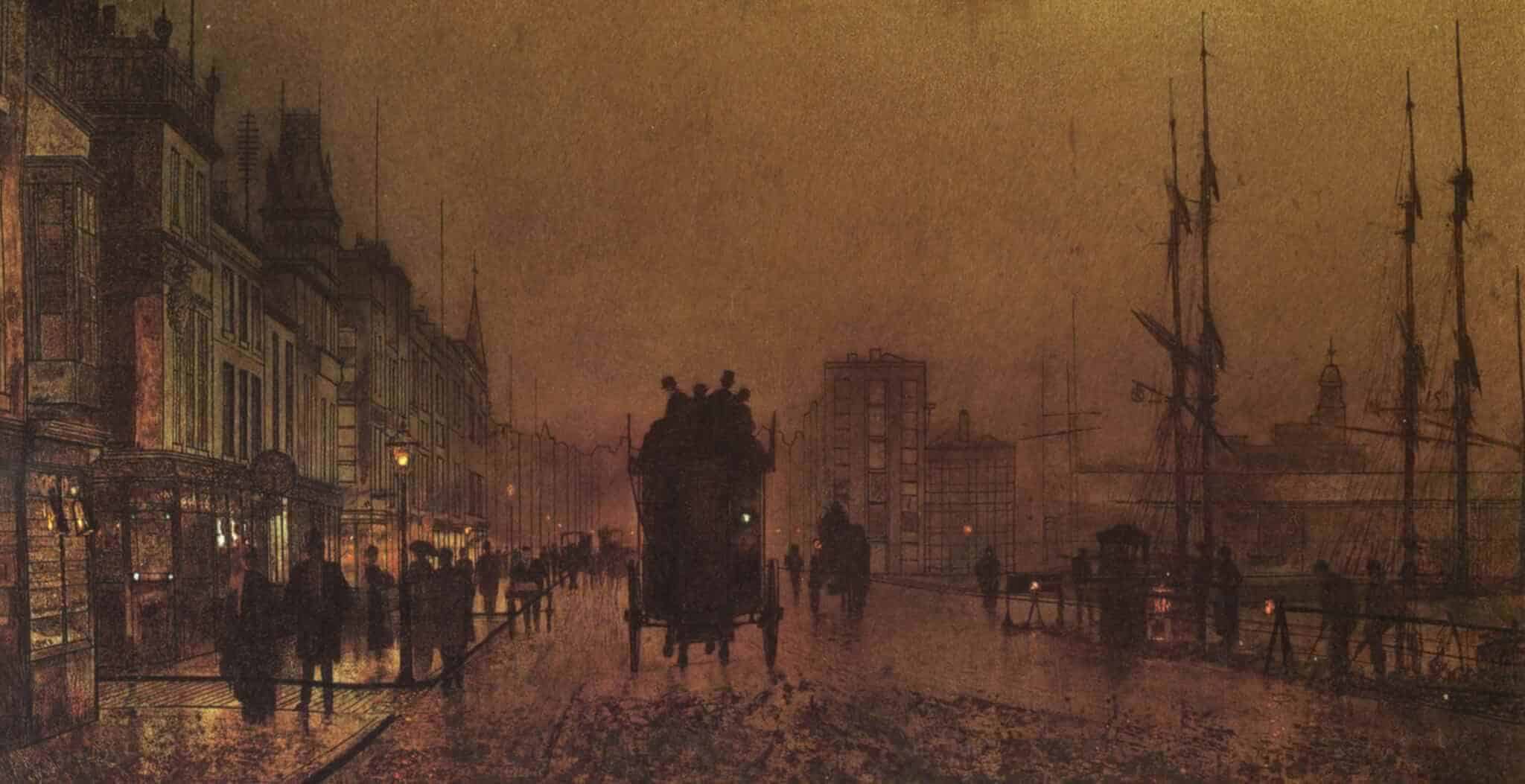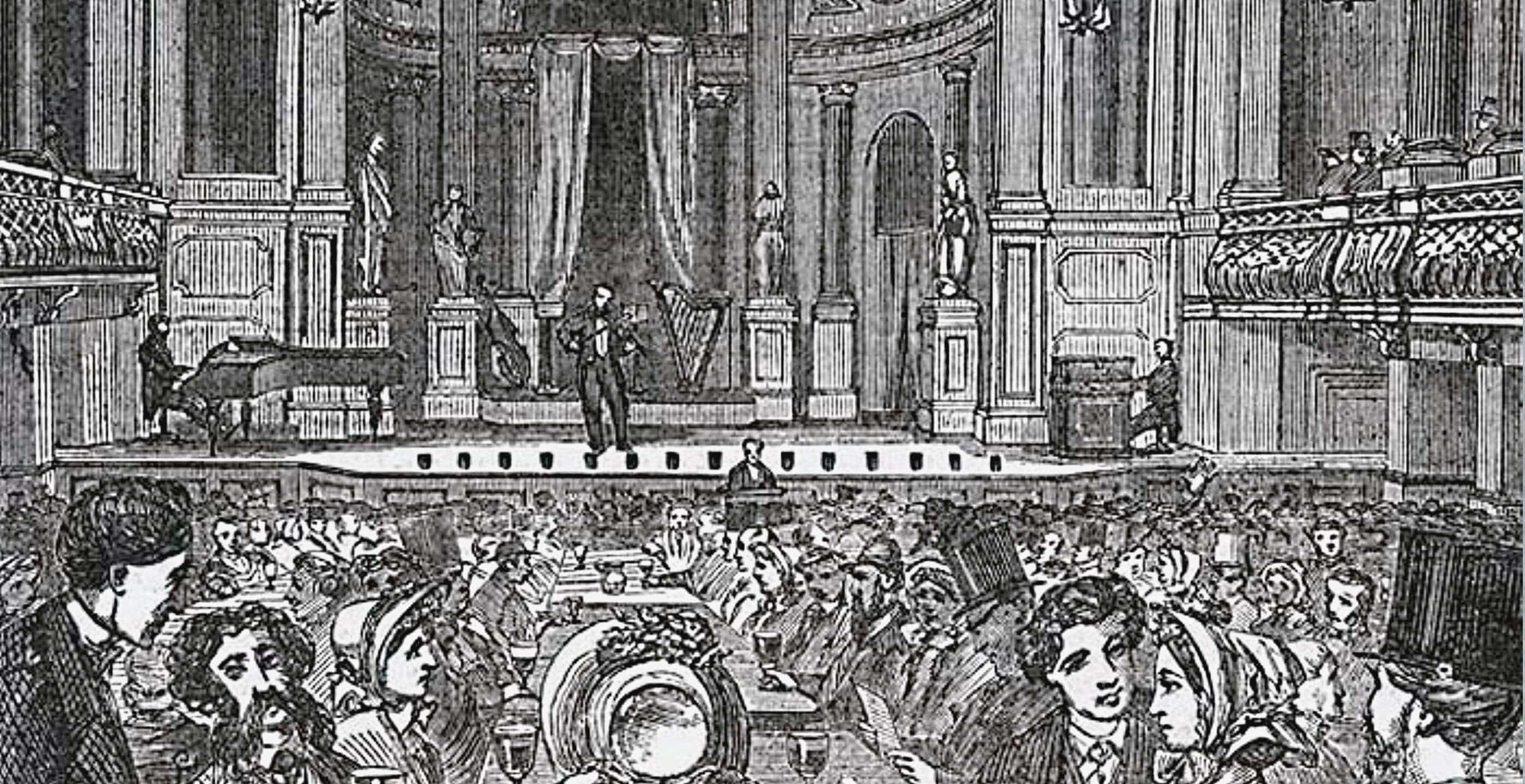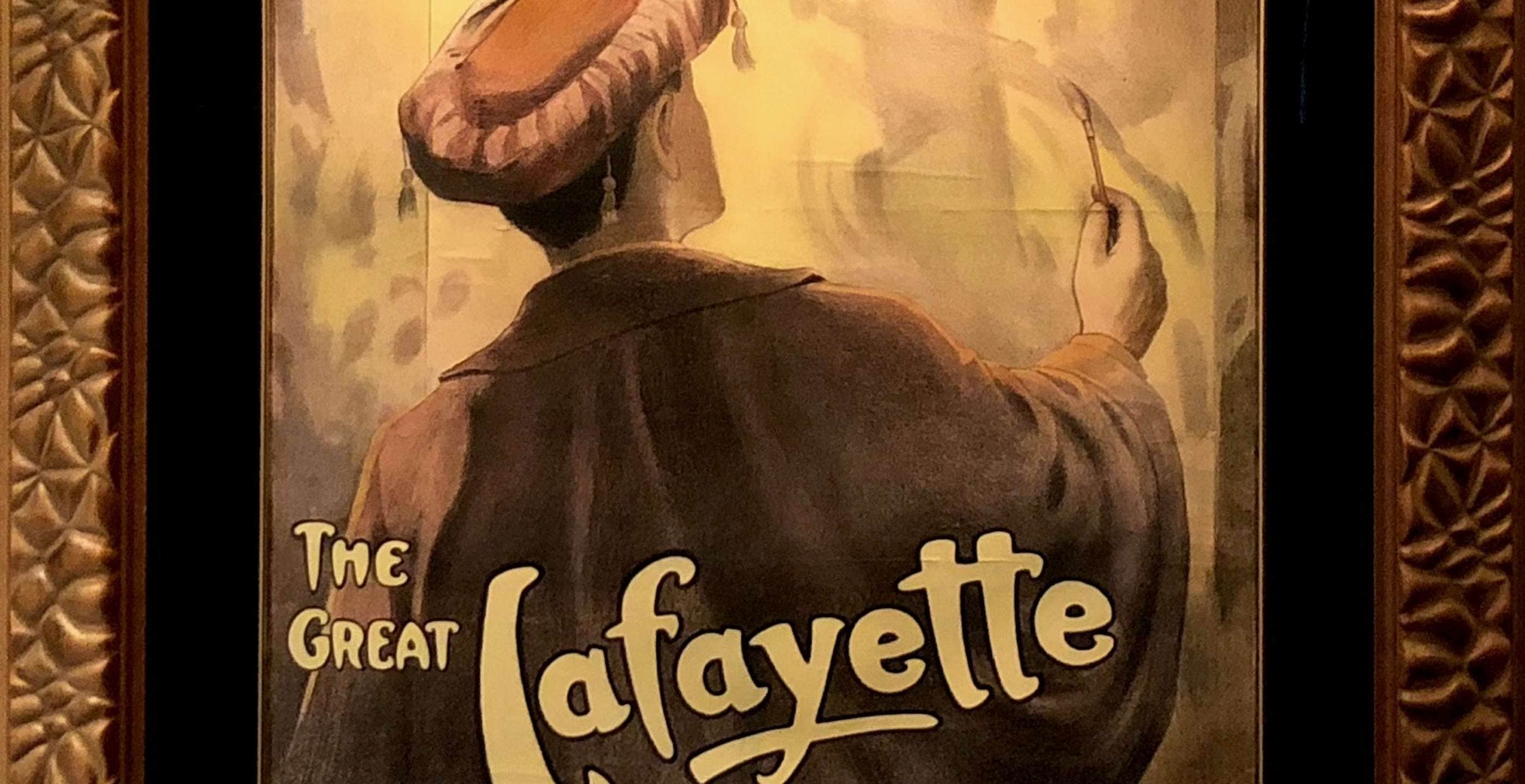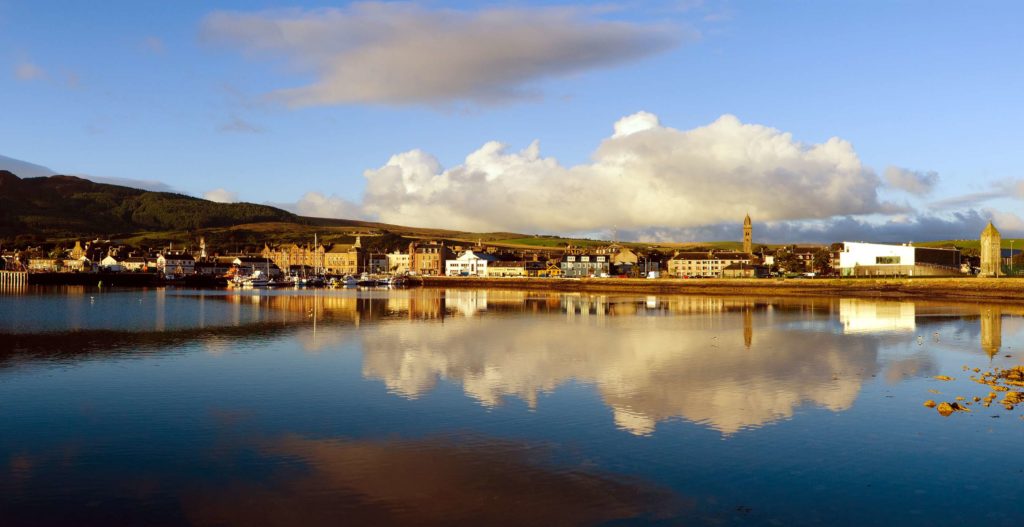On reclaimed land on the shore of Campbeltown Loch, on the aptly named ‘Shore Street’ in the wee Scottish town of Campbelltown on the West Coast of Scotland, you will find the most ridiculously well-kept secret in the West Coast! What you will find on this unassuming and beautiful loch-front street is the oldest running cinema in all of Scotland! It is officially called The Campbeltown Picture House, but it is affectionately known as the ‘Wee Picture House’ for its diminutive size, seating only 265 people. The Picture House in Campbeltown is the oldest running cinema in Scotland still showing films AND the oldest cinema in Scotland to retain its original name.
Plans for the Campbeltown Picture house began in 1912 when 41 locals came together as shareholders to open a cinema that was to rival those in Glasgow in terms of quality and modernity. Glasgow was then called ‘Cinema City’ and in its heyday it had a staggering 130 separate cinemas in operation!
Campbeltown was a tiny town in comparison, with a population of only 6,500 and yet by 1939 it boasted 2 cinemas of its own! This was a relatively huge number for the time. Sadly, one of those cinemas has been lost to posterity, but the Campbeltown Picture House remains open to this day! The architect of the cinema was called A. V Gardner and he originally invested in 20 shares of his own when he designed the cinema, clearly having confidence in its success.
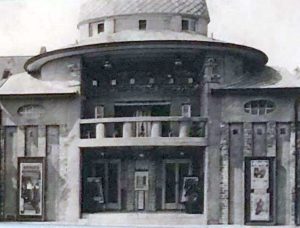
The cinema originally opened on 26th May 1913 and is now over 100 years old! Gardner designed the original cinema in the Glasgow School Art Nouveau Style. Astonishingly the cinema was then restored by Gardner himself 20 years later, between 1934 and 1935, when he added in the popular atmospheric style of the time. It is this style that viewers will see today, lovingly and painstaking restored once again at its centenary in 2013.
The atmospheric style looked to bring the outdoors indoors, with the interior of such buildings painted and staged to look like elegant Mediterranean courtyards, and the Campbeltown Picture House is a prime example of this. There are two ‘Castles’ set either side of the cinema screen and a blanket of stars painted on the ceiling, really giving the impression of watching a movie al fresco. Sadly, very few of these types of cinemas remain, with Campbeltown being the only one in Scotland and one of only a handful in Europe. It was undoubtedly this unique design that saw patrons flocking to the cinema for decades. The two castles, endearingly known as ‘wee hooses’ either side of the screen and the beautiful stars painted on the ceiling, really do give the impression of watching a spectacle outdoors, and create an unrivalled cinematic experience.
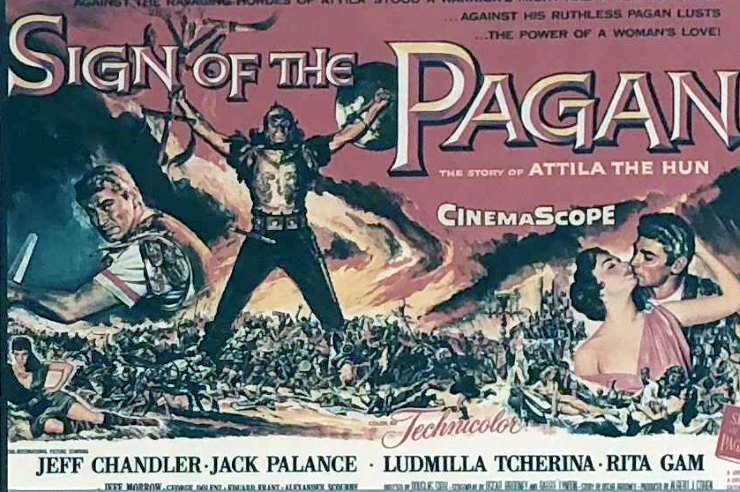
Although profitable from 1913 onwards, things did slowly begin to decline in the 1960s and by the 1980s something had to be done if the cinema was to survive. In fact, things had become so bleak that the cinema had to close its doors in 1986. Although happily, only briefly, as help was at hand! A charity, the ‘Campbeltown Community Business Association’, was set up by locals for the exclusive purpose of saving the cinema. They began a huge fund-raising effort that eventually culminated in the rescue of the cinema and the seats and building being properly refurbished. The cinema then reopened in 1989 and at that point could take 265 patrons. It was undoubtedly saved by the hard-work and perseverance of the local community that valued it so much they just couldn’t bear to see it disappear.
As part of the centenary celebrations of The Campbeltown Picture House’s history, it was felt that the building should be restored to its former glory once more. This time the restoration was to even more comprehensively reflect the cinema’s true character of its heyday in the 1920s and 30s. A huge fund-raising effort was undertaken by the very same Campbeltown Community Business Association that had saved the cinema originally, and successfully secured 3.5 million pounds of investment from locals and even the Heritage Lottery Fund.
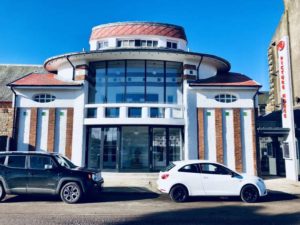
The entire cinema was then sympathetically and lovingly restored. The outside of the cinema was revamped to look as close to the original façade as possible. Even the new Picture House logo was modelled on the original.
The interior is magnificent; it was painstakingly tailored to the US atmospheric style of the original, and indeed because there are so few atmospheric cinemas remaining in the world no detail was spared in the interior restoration. The restoration was no easy task either; the building had virtually no remaining foundations at the point of restoration. New foundations had to be laid, and even a new balcony constructed. Copies of the original lighting were installed and the friezes on the walls were redone with the help of an historical paint researcher. Furthermore, as many of the original tiles and bricks were saved as was humanely possible, plastic surgeons were even brought in to fix the tiles!
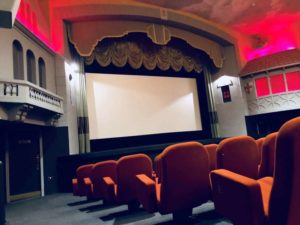
In order to find seats that would match the atmospheric style and fit into the original screen room, these had to be sourced from Paris. They were so specific that the only people qualified to fit them were specialised engineers from Wales, although wherever possible the reconstruction of the cinema was kept as a local effort. The beautiful stage curtains were made by a local artisan and (although Campbelltown is most famous for its whisky!) the local, and I can authoritatively say delicious, Beinn an Tuirc Kintyre gin is served behind the bar. The cinema still shows movies from the original projection room; it can even show 35mm films but only one reel at a time. There are two screens today though, with the second screen being newly built to accommodate more guests. The new screen is more modern in style, with Screen One being the original.
The entire building is now Grade A listed and is truly a work of art. One final touch is an exhibit within the foyer of the cinema itself containing the original Mercury Rectifier that was installed in the cinema in the 1950s to convert AC to DC power. In fact, these machines are still used on the London Underground.
Everyone should experience a movie in this cinema at least once in their lifetime, I have had the privilege of doing so twice, once as a child and once after the refurbishment as an adult, both experiences were truly magical.
During the restoration, builders found a gnarled old boot in the foundations. This may seem inconsequential; however, the boot was not put there by accident. It is an ancient myth and tradition that if you place an old boot in the foundations of a building you will ward of evil spirits and bring the building good luck. This is actually the most recent discovery in the boot world of this particular tradition, as it is no longer practiced in these modern times. To continue the cinema’s good luck the boot has been left in the foundations of the building, and its magic certainly seems to be working! Here’s hoping it continues for decades to come…
By Terry MacEwen, Freelance Writer.
